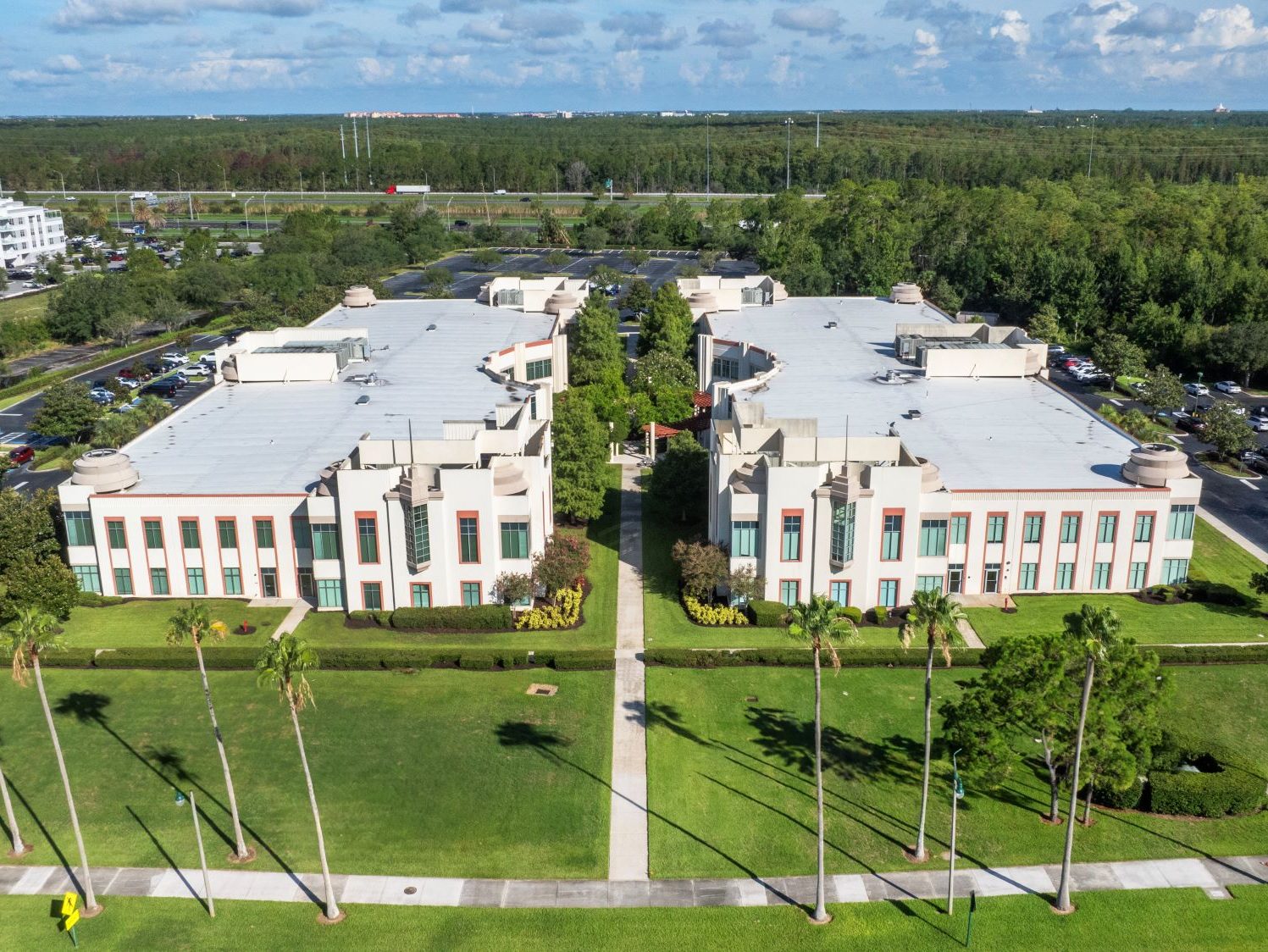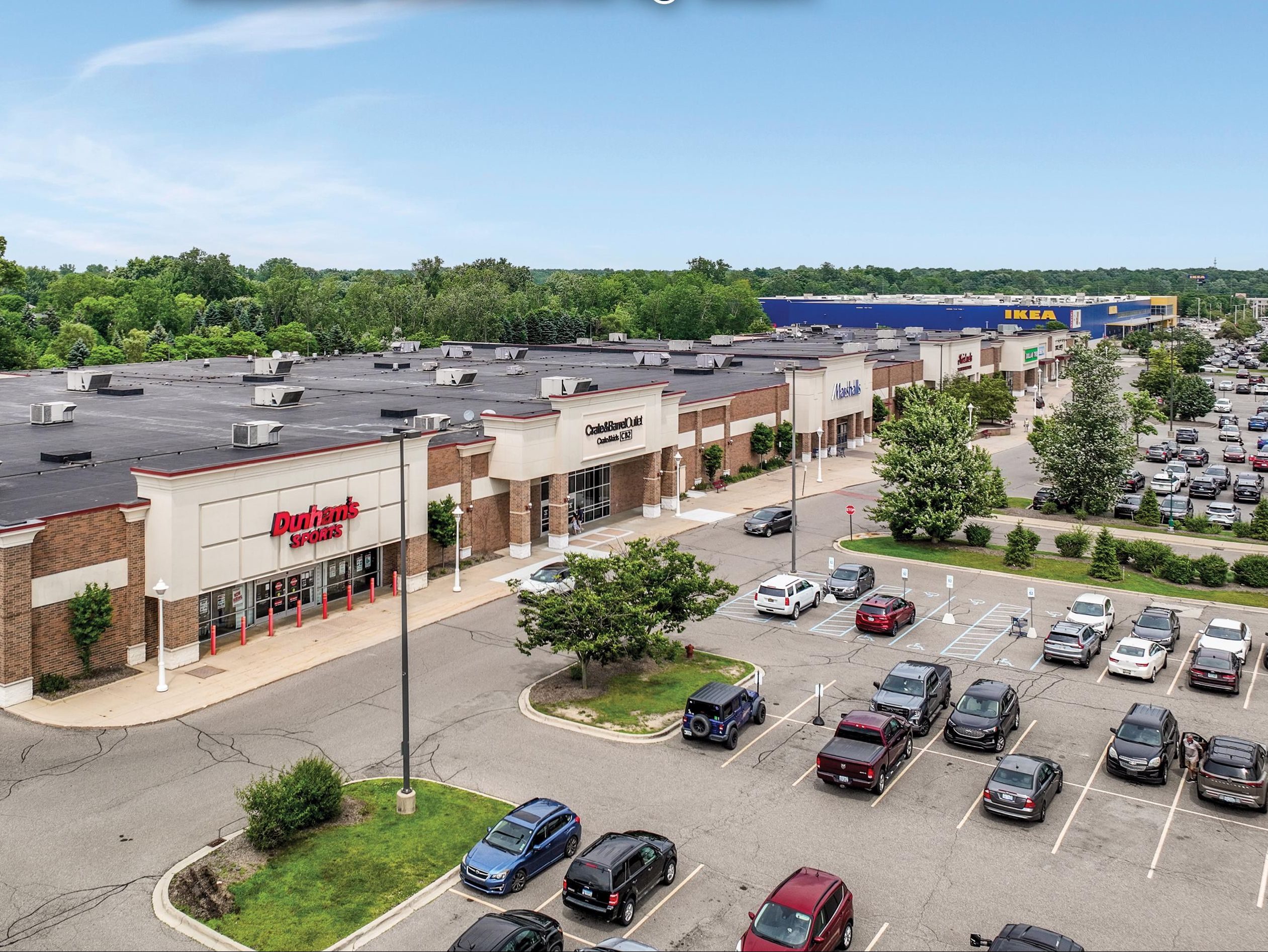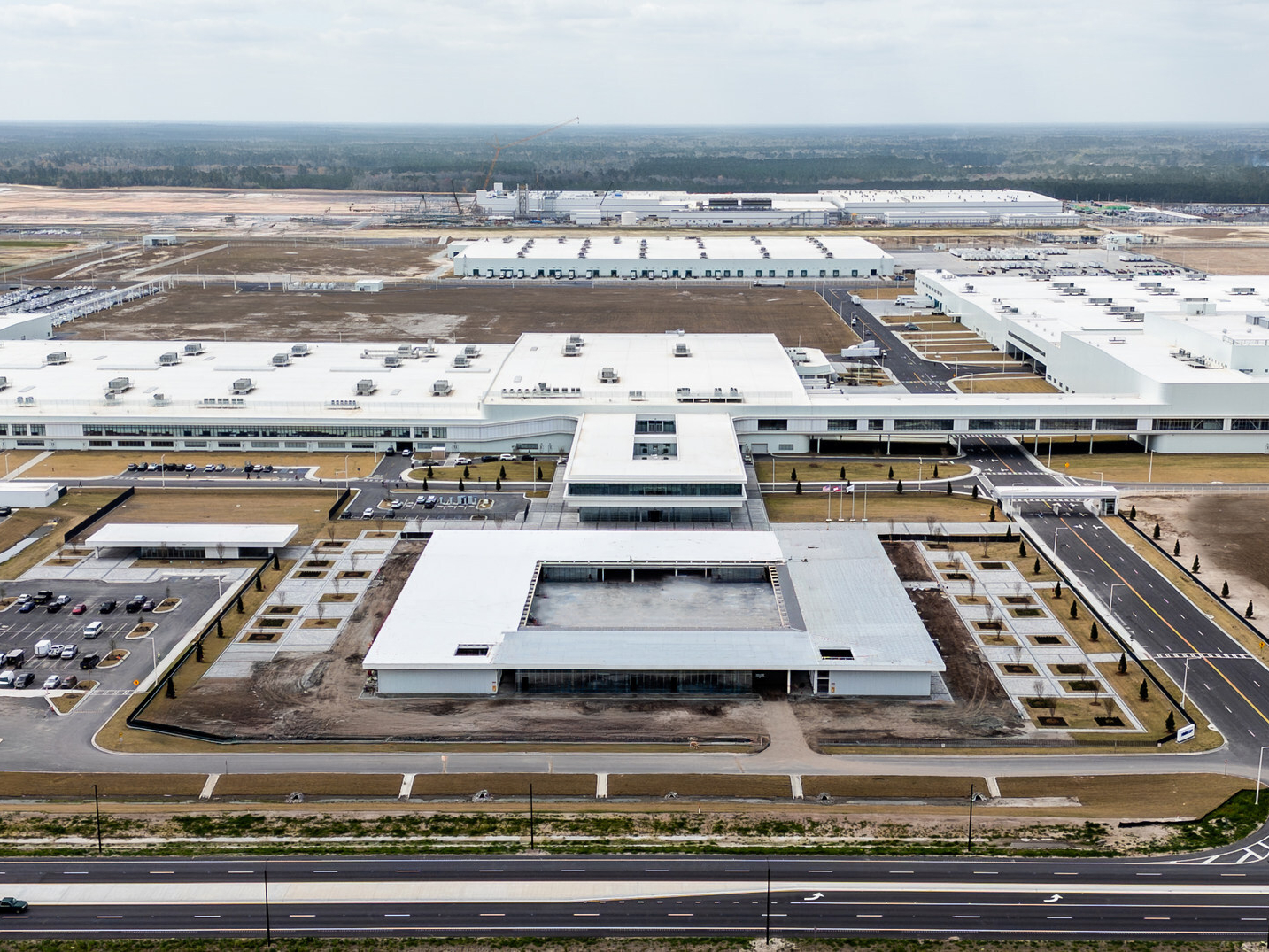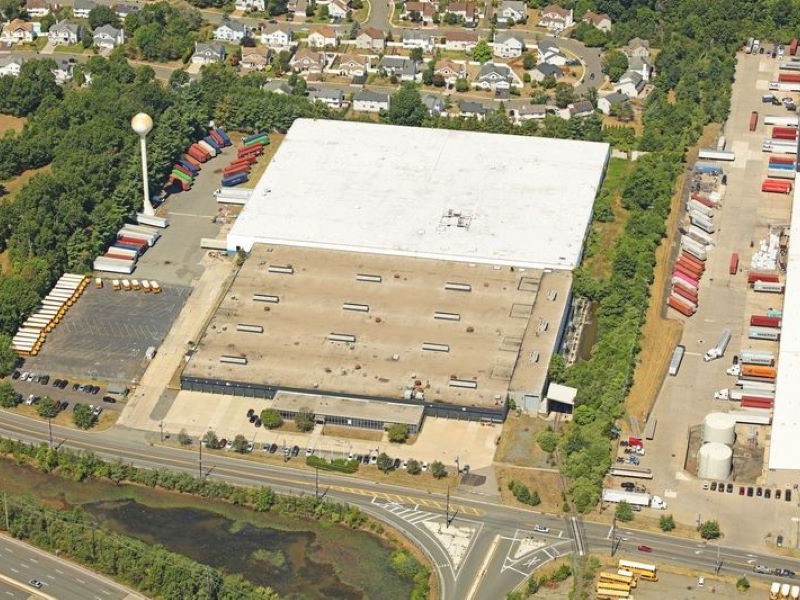4 Overlooked Considerations for Reopening Physical Spaces
There is no one-size-fits-all approach for reopening offices. Considerations include a company’s strategy, resources and cost pressures, according to Deloitte’s Steven Bandolik and Francisco J. Acoba.
Even though the pandemic has yet to run its course, many businesses are gradually beginning to reopen; with this, comes the need to tackle the lingering health, safety and sanitation challenges associated with the physical workplace. Among financial services firms alone, which are the second-largest users of office real estate and account for 15 percent of total office leasing activity, at least half of the respondents in a recent Deloitte survey reported that their firm is developing pandemic operational contingency plans spanning at least the next three months.
While some companies are already far along in navigating COVID-19-related space challenges, many are still in the early stages of developing strategies, and may only now be reviewing basic decisions about how many spaces to open and how to open them. Regardless of maturity level, there are some key questions firms should consider as they restructure their use of physical real estate.
Could smart building and other tech integration help manage workplace safety?
Chinese companies were, in part, able to return their employees to the workplace quickly, thanks to the use of advanced and high-quality air filtration systems. In fact, integration with smart building capabilities offers many ways for companies to help employees feel safe when they return to the workplace. Contact- and physical distance-tracing apps can improve the tracking of potential exposure within a building and enable targeted mitigation strategies such as focused deep cleaning of relevant spaces—as opposed to comprehensive cleaning of an entire building—and HEPA filters and smart building management systems that can improve air quality and better manage overall facilities operations.
Should we adopt measures beyond what regulators are requiring?
In response to the pandemic, companies must now comply with new guidance from the U.S. Occupational Safety and Health Administration, which includes a wide range of hygiene, cleaning, sanitation, safety and physical distancing measures to minimize exposure risks in the workplace. Even then, it will fall on management to determine if these procedures will suffice or if additional measures, such as mandatory personal protective equipment for all, may be necessary to make employees and customers feel comfortable in physical spaces.
Who is responsible for implementing physical distancing and other measures in office buildings?
It is critical that companies recognize that they may not be able to directly control all of the safety measures in their buildings, especially those shared with other businesses. Physical distancing policies with regards to elevator usage and corresponding entry and exit times, overall facility cleaning procedures, and even alerts on exposure risks among other building tenants may fall under the purview of building management, not on company management teams. As a result, companies will need to review lease contracts to determine who would be responsible for managing various changes, and work collaboratively with landlords to ensure that they are implemented.
Does real estate usage itself need to shift?
In many cases, we expect real estate usage to shift significantly. Many firms are exploring the potential of implementing a long-term hybrid operating model, wherein some employees return to the office and others continue to work from home. In some of these scenarios, the demand for office space may drastically change, causing some organizations to reconsider or modify terms within existing leasing agreements.
Similarly, businesses with customer-facing footprints such as bank branches or coffee shops may look to transition some locations to new formats, such as smaller drive-in-only facilities geared toward minimizing contact. Considering that only about one-third of U.S. consumers feel safe going into stores, these shifts could become permanent.
Even within industries, there is no one-size-fits-all approach, and many considerations will need to be accounted for based on a company’s individual strategy, resources and cost pressures. No one is likely to get their strategy correct right out of the gate, but companies that can embrace a multiple scenario-driven, iterative process that can evolve as needed will likely have the smoothest transition back to the workplace.
Steven Bandolik is a managing director with Deloitte Services LLP and the leader of Deloitte’s Distressed Debt and Asset Services practice, which relaunched in spring 2020. Bandolik advises clients in capital markets (debt and equity), corporate finance, mergers and acquisitions, investments, strategy, restructuring and reorganization, and asset recovery. Bandolik brings more than 35 years of effective, hands-on real estate investment, finance, development and asset/property management experience, both as a leader and as a strategic adviser.
Francisco J. Acoba is a managing director with Deloitte Consulting LLP and has more than 22 years of global experience providing management consulting services to corporate services, corporate real estate, workplace and facilities management organizations within Fortune 500 companies and the world’s largest public sector entities. As national practice leader for Deloitte Consulting’s Real Estate & Location Strategy offerings, his work is focused on the development of strategies that allow a company’s real estate, workplaces and facilities to be considered value-added components of business process, as opposed to simply cost structures. Francisco has generated billions of dollars in recurring savings for his clients.
You’ll find more on this topic in the CPE-MHN 2020 Midyear Update.










You must be logged in to post a comment.